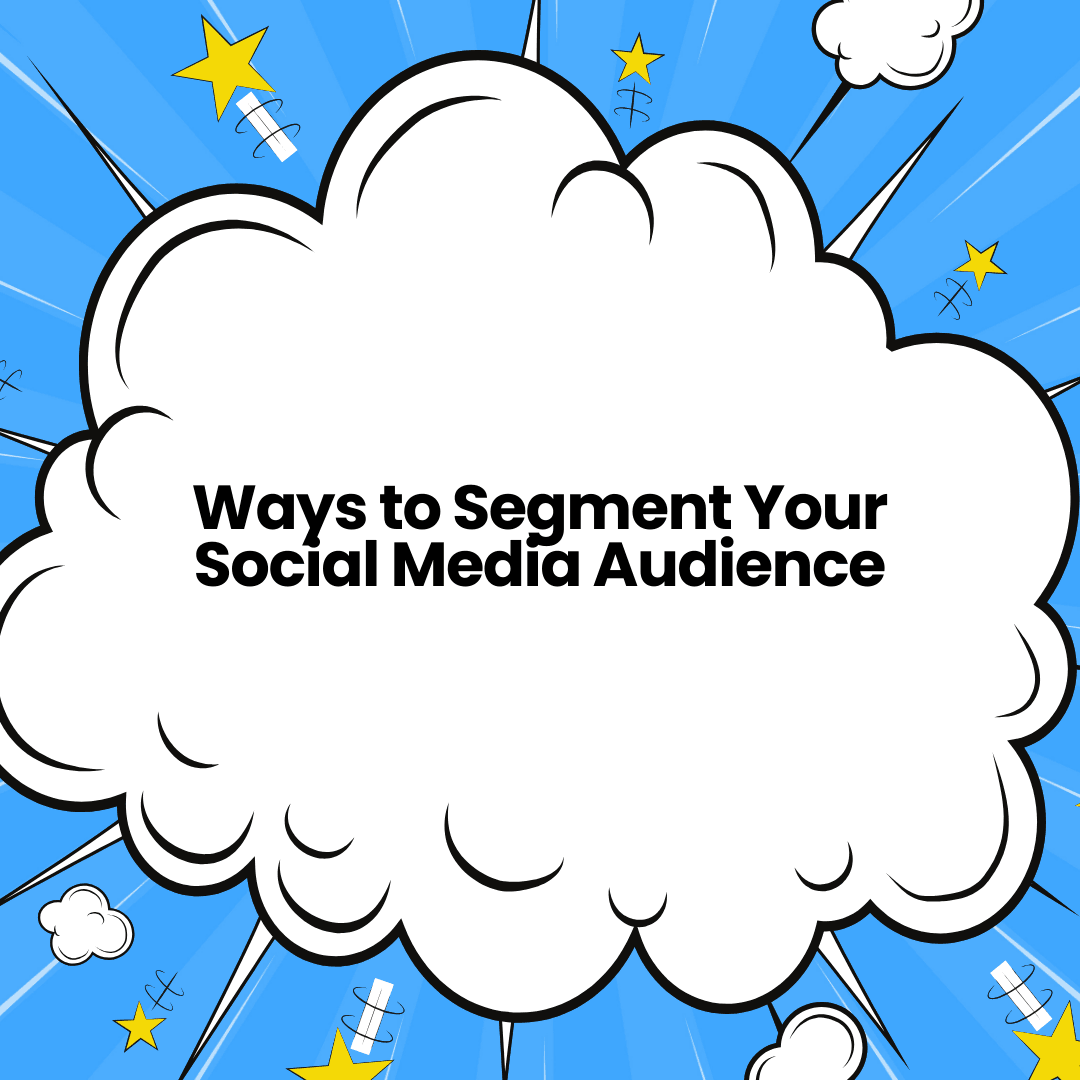In the world of social media marketing, one-size-fits-all is a strategy of the past. To truly engage your audience, drive conversions, and optimize your campaigns, segmentation is key. By understanding and categorizing your audience, you can tailor your content to meet their unique needs and preferences. Let’s explore the most effective ways to segment your social media audiences.

1. Demographic Segmentation
Demographics provide a foundational way to divide your audience based on:
- Age: Different age groups respond to varying types of content. Millennials may prefer memes, while Gen Z gravitates toward short, visually engaging videos.
- Gender: Tailoring content to appeal to specific gender interests can create a stronger connection.
- Income Level: Products or services with premium pricing may appeal more to higher-income groups, influencing the tone and style of your messaging.
Example: A fitness brand might promote high-intensity training programs to younger audiences while offering low-impact workouts to older demographics.
2. Geographic Segmentation
Location-based targeting ensures your content resonates with the local culture, language, and preferences of your audience.
- By Country/Region: Adapt campaigns for specific regions to align with holidays or trends.
- Urban vs. Rural: People in urban areas might appreciate content highlighting convenience, while rural audiences might connect with nature-focused imagery.
Example: A clothing brand might promote winter collections in colder regions while showcasing summer styles in tropical climates.
3. Psychographic Segmentation
This involves dividing audiences based on their lifestyles, values, and interests.
- Hobbies: Content highlighting shared passions can build loyalty.
- Values: If your audience values sustainability, align your brand messaging to reflect eco-consciousness.
- Personality Traits: Whether your audience is adventurous, artistic, or analytical, tailor content that appeals to their character.
Example: A travel company might focus on luxury retreats for one audience segment and budget backpacking adventures for another.
4. Behavioral Segmentation
Understanding how your audience interacts with your brand is critical for meaningful segmentation.
- Purchase History: Target frequent buyers with loyalty rewards and occasional buyers with special discounts.
- Engagement Levels: Create exclusive content for your most active followers.
- Device Usage: Mobile-first strategies work better for users who primarily engage via smartphones.
Example: An e-commerce store could retarget users who abandoned carts with personalized reminders or incentives.
5. Social Media Platform Preferences
Your audience might interact differently depending on the platform they use.
- Instagram: Great for visual storytelling and younger audiences.
- LinkedIn: Perfect for professionals and B2B marketing.
- TikTok: Ideal for creative, short-form video content targeting Gen Z.
Example: A software company might share detailed case studies on LinkedIn and create bite-sized tutorial videos for Instagram Reels.
6. Influencer and Community-Based Segmentation
Leverage insights from collaborations with influencers or niche community groups.
- Followers of Niche Influencers: These followers often share specific interests or values that align with the influencer’s persona.
- Brand Advocates: Engage your loyal customers who already promote your brand organically.
Example: A beauty brand can collaborate with skincare influencers to promote products tailored to oily skin, targeting that audience specifically.
7. Interest-Based Segmentation
Interests reveal what your audience loves. Target users who follow specific hashtags, brands, or topics related to your niche.
- Foodies: Post delicious recipes or cooking hacks.
- Fitness Enthusiasts: Share workout routines or health tips.
- Tech Savvy Users: Highlight the latest gadgets or software updates.
Example: A tech brand might share innovative gadget reviews for one segment and productivity tool tutorials for another.
Conclusion
Segmentation allows you to deliver the right message to the right audience at the right time. By leveraging these methods, you can create more targeted and effective social media campaigns, building stronger connections and driving better results.
Take a closer look at your analytics, experiment with different strategies, and refine your approach for maximum impact. Remember, a segmented audience is an engaged audience! Feel free to reach out for a free consultation about digital marketing.

